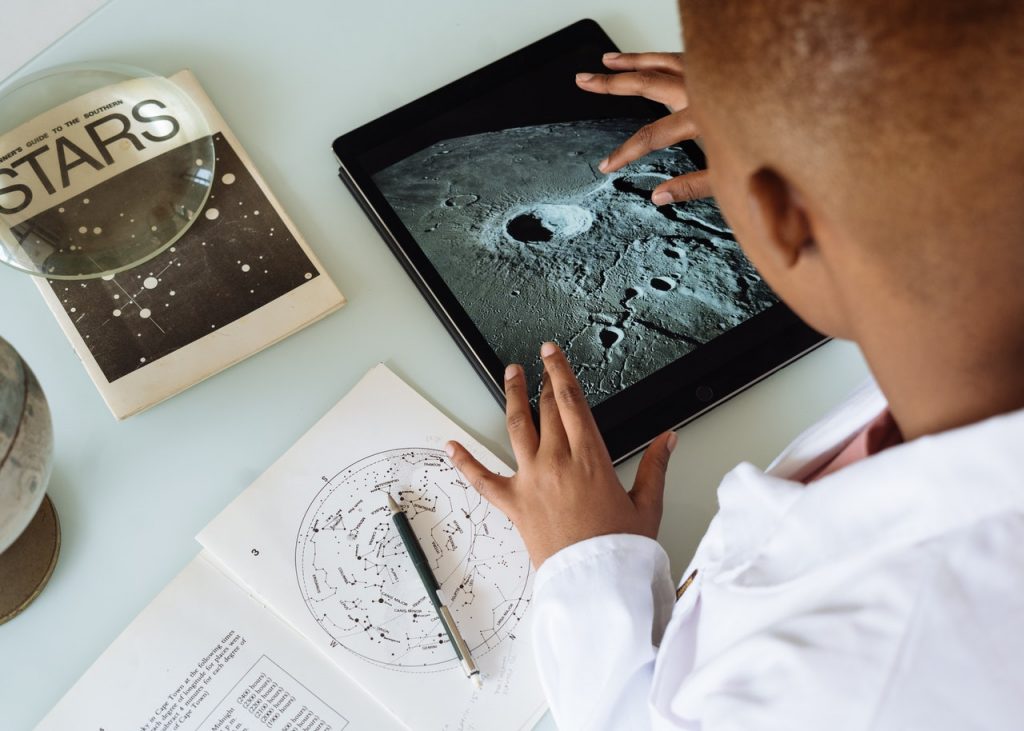Famous American sociologist Daniel Bell once said, “technology, like art, is a soaring exercise of the human imagination.” Maybe he meant that for human beings to develop something, they must first imagine it. And for someone to imagine something first, they must need it. If people never needed to travel, they would have never invented the car. If they didn’t get sick, they would have never created medicine.
For consumers, these needs are a reflection of the constant changes in our world. Here are five examples of technology trends currently serving them.
Digital Kiosks and Intelligent Vending Machines
In the past, when people wanted to choose a drink or snack in a vending machine, they had to select the product, press a code, insert money, and wait for it to pop down. Although this was not difficult and it would need less than five minutes, things have changed.
Currently, vending machines use touch screen displays and digital scanners. Also, the proliferation of electronic money devices and facial recognition technology allows this process to be faster, more convenient, and less prone to error.
The same goes for digital kiosks in banks, restaurants, and other commercial establishments. Using industrial computer systems with embedded applications, these machines let customers access their accounts, select and do different transactions, and even choose menu items while waiting in line and without being anywhere near a cashier.
Enhanced Shopping Experiences
In the movie Minority Report, Tom Cruise’s character walks into a Gap department store. Before having looked at any specific item, a retinal scan device glides across his eyes, recognizing not only his name but also his gender, physical measurements, place of employment, and taste in clothing.
This is not yet possible. Still, virtual and augmented reality continues to gain ground. Soon, customers will be able to test products before buying them and visualize what they look like inside their homes. And it’s not just about electronics. Visitors to a supermarket can use VR and AR to experience food tastes, create on-the-spot recipes, and determine nutritional and health benefits by clicking a button on their phones.

Cloud Computing
One of the many benefits of cloud computing systems is the large amounts of data users can store without investing in hard drives and servers. But there are plenty of other services too. Today, cloud computing providers like Google, Amazon, Microsoft, or IBM also offer archival solutions, big data management, big query, hybrid services, and virtual machine environments suitable for specific needs.
For example, let’s imagine you need a powerful computer to run audio or video software at home. One way you could do this is buying a new machine or adding extra memory to your existing one. A better way is to run the software in a virtual environment. In this case, all you need to do is set up a pay-as-you-go compute engine on the cloud based on your specifications. It is cost-effective and resource-efficient as you don’t have to buy anything you are not planning on using more than once.
Virtual Learning
Virtual learning is now more important than ever before. The reason is the covid-19 global pandemic. Indeed, several pharmaceutical companies have already developed or are in the process of developing a safe, mass-produced vaccine. But we are still a few months away, maybe even more, from returning to a semblance of normality.
This situation has accelerated the development and implementation of virtual learning solutions catering to all needs. Examples include presentations and videoconferencing programs like Google Meetings, Skype for Business, and Zoom. As they add new features such as breakout rooms, annotations, and screen-sharing, the learning experience is becoming just as fruitful and even more interesting than one in a physical classroom.
Remote Health
Along with education, the health industry has also been affected by covid-19. Due to isolation protocols and overcrowded hospitals, people don’t have access to regular healthcare facilities and doctors.
Enter virtual doctors and EMR or electronic medical records. Through EMR systems, patients and physicians have access to patient medical history databases regardless of location. As a result, I can be in the US but communicate with my doctor in Japan. He can share my medical record in a cloud system with a colleague in Paris.
The result is real-time collaboration that brings nothing but benefits to the patients themselves.
These are five examples of how technology is affecting the consumer goods market. Many others like 3D printing, AI and automation in customer service, and 5G and wearable devices. With the many challenges that we continue to face, technological development continues to be our most pressing need, both globally and for us as individuals.











